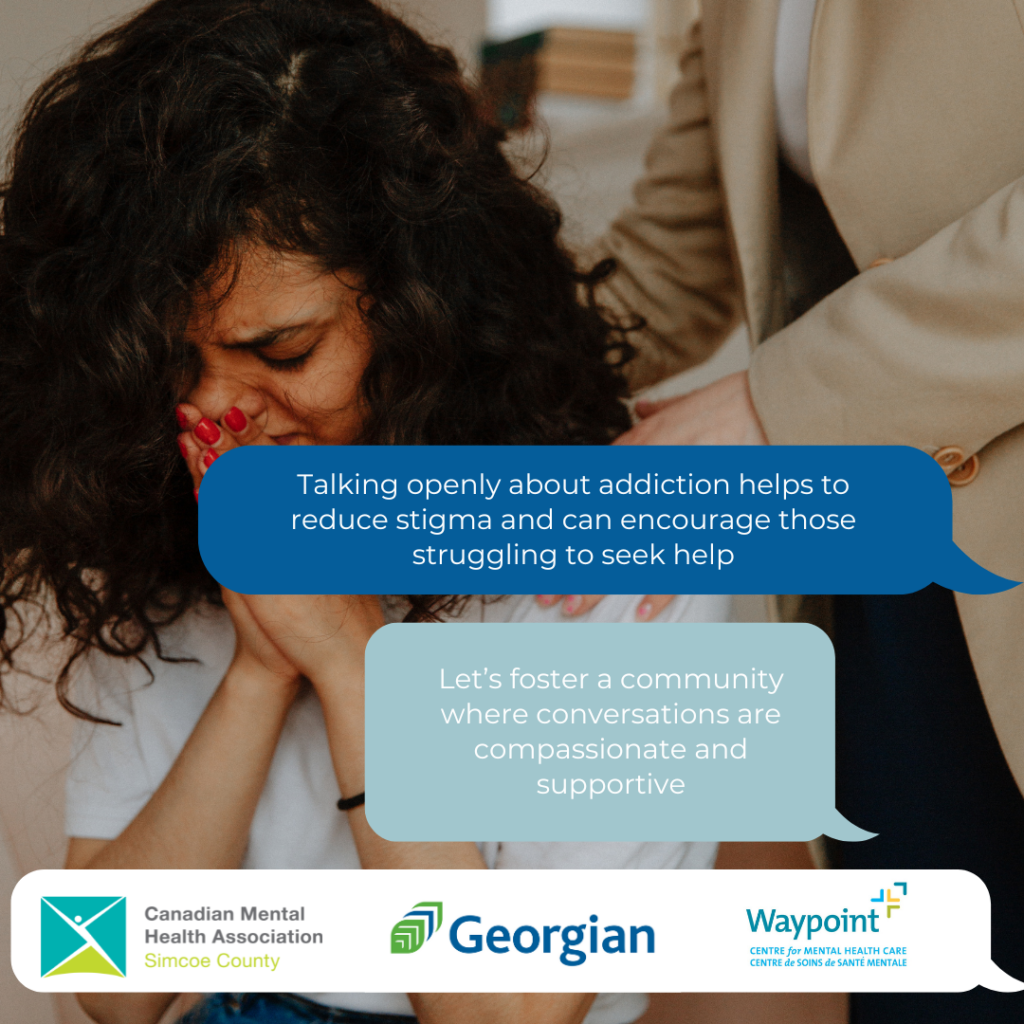Menu Close
Stigma and Addiction—Breaking the Cycle

Did you know that stigma is one of the main reasons people don’t seek help for substance use? Stigma, defined as a “mark of shame or discredit,” deeply impacts those with substance use issues and process dependencies. It can lead people to internalize negative beliefs, changing how they view themselves and how others perceive them. Often, we unknowingly contribute to this stigmatization.
How to Fight Stigma
Here are ways you can help break the cycle of stigma:
- Educate yourself and others: Learn the realities of substance use and process denpendencies.
- Examine your attitudes: Challenge your judgmental thoughts.
- Use respectful language: Avoid labels like “junkie” or “addict.”
- See the whole person: Recognize there’s more to someone than their substance use.
- Practice compassion: Show empathy for yourself and others.
Stigma vs. Discrimination
While stigma is the negative stereotype, discrimination is the unfair treatment that stems from it. People with substance use and process dependencies issues or mental illnesses often face both. Under the Ontario Human Rights Code, every person is entitled to equal treatment without discrimination based on identity, including disability and mental health. Yet, many experience overlapping layers of discrimination, for example, facing both sexism and mental health stigma.
The Media’s Role in Shaping Attitudes
The media plays a significant role in shaping public opinions about addiction. People with mental health conditions or substance use/process dependency issues are often portrayed as dangerous or unstable. These harmful stereotypes feed misunderstanding and fear, contributing to societal stigma.
Impact of Stigma
Stigma has profound consequences. It can lead to bullying, loss of self-esteem, and even barriers to housing and employment. Worse, stigma can prevent individuals from seeking help for fear of judgment, worsening the cycle of substance use and addiction.
How to Reduce Stigma
Using person-first language is a powerful way to reduce stigma. By focusing on the individual rather than the condition, we humanize those facing substance use or process dependency challenges. For example:
- Instead of “addict,” say “person with a substance use condition.”
- Instead of “mentally ill person,” say “someone living with a mental health condition.”
By making these small shifts in how we speak, we can foster a more supportive, inclusive environment where individuals feel empowered to seek the help they need. Together, we can break the cycle of stigma and help those with addictions live fuller, healthier lives.
